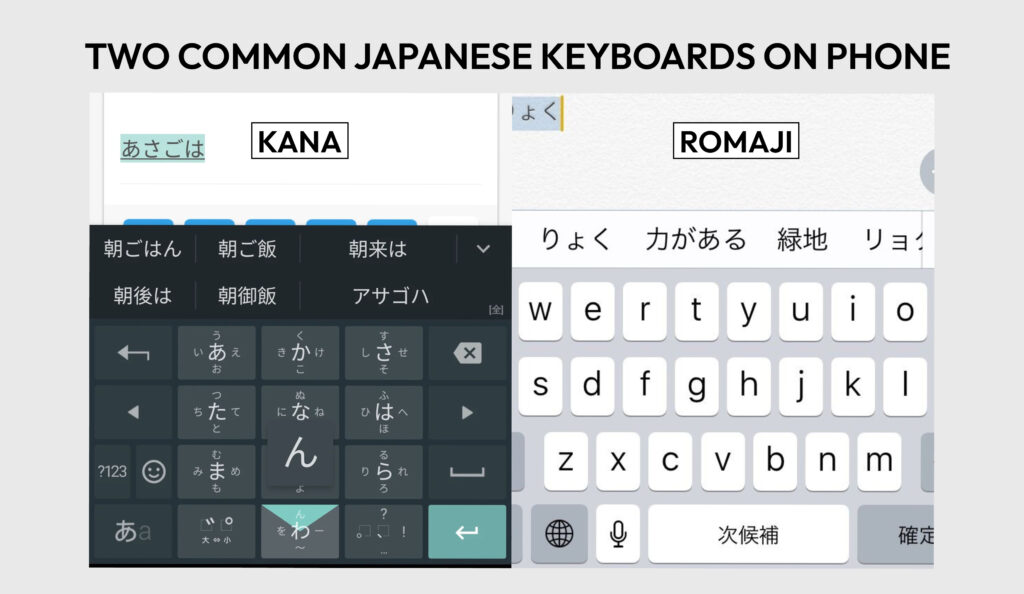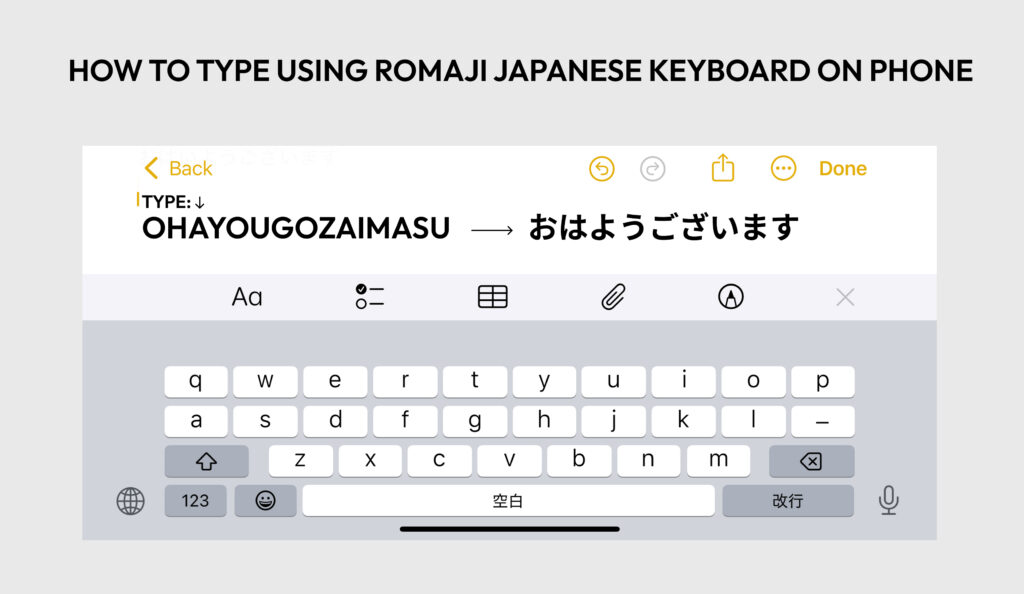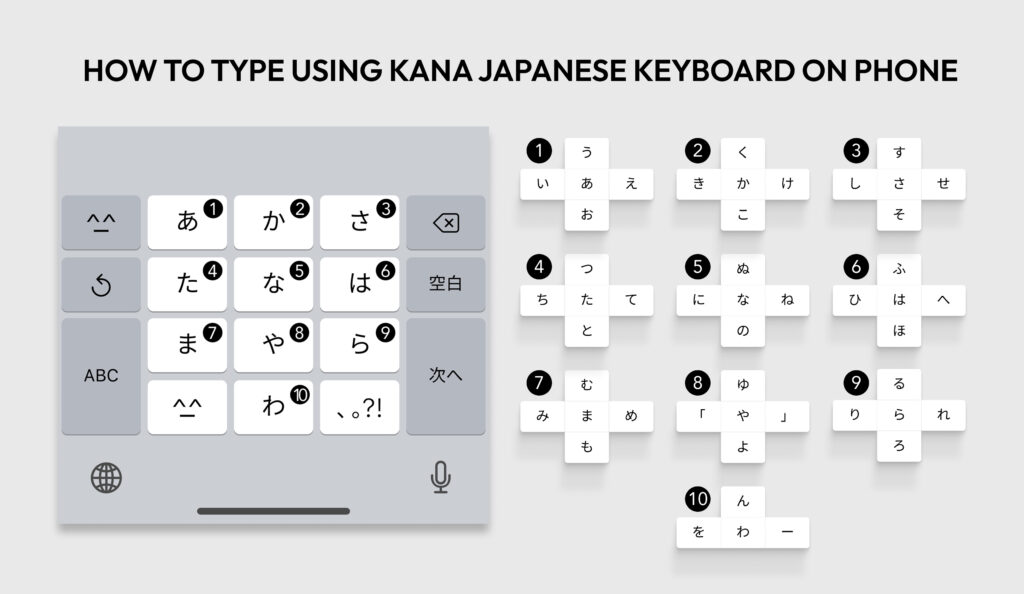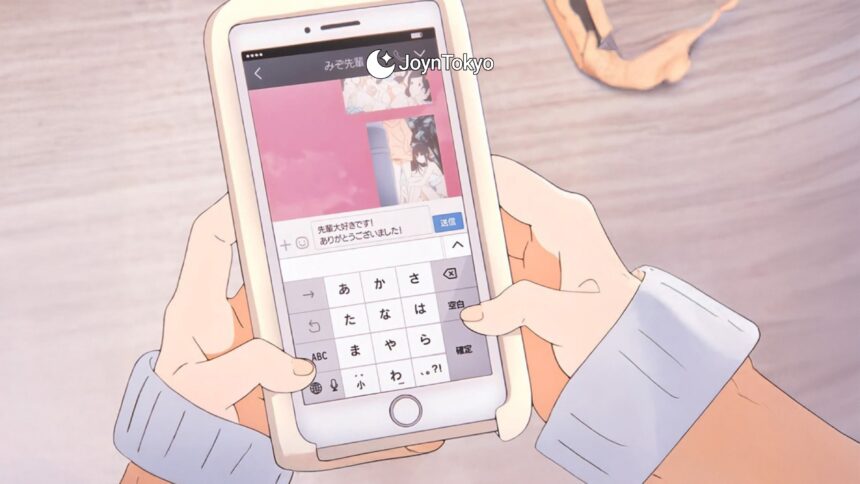Learning how to type in Japanese opens up new ways to communicate, practice language skills, and even connect with Japanese speakers online. Whether you want to write emails, chat with friends, or simply learn how to type your name in Japanese, the process is easier than it first appears once you understand how the system works.

Setting Up Japanese Input on Your Computer or Phone
Typing in Japanese usually involves installing an IME (Input Method Editor), which allows you to convert keystrokes into Japanese characters. On most devices, this can be done quickly:
Windows: Go to language settings, add Japanese, and switch between English and Japanese with a shortcut such as Alt + Shift.
Mac: Add Japanese under keyboard preferences, then toggle with Command + Space.
Smartphones: iOS and Android both allow you to add a Japanese keyboard from the settings menu.
Once activated, you can type in romaji (the Latin alphabet), and the IME will automatically suggest the correct hiragana, katakana, or kanji.
How to Type in Japanese on an English Keyboard

The most common method is to type phonetically using romaji. For example:
- Typing konnichiwa produces こんにちは.
- Typing arigatou gives ありがとう.
If multiple kanji options exist, the IME will display a list for you to choose from. With practice, selecting the right characters becomes second nature.
How to Type Your Name in Japanese

Typing your name in Japanese depends on how it is usually transliterated. Most foreign names are written in katakana, the script used for loanwords and foreign terms. For example:
- Typing maikuru gives マイケル (Michael).
- Typing eriza gives エリザ (Eliza).
It’s a good idea to check a katakana chart or online name converter to see how your name is typically represented. Some names may have several possible spellings, so consistency matters.
How to Type Out the Horizontal Line in Japanese
In Japanese writing, the long vowel mark (ー) is frequently used in katakana words to stretch the sound of a vowel. On most IMEs, you can type this by pressing the minus key ( – ) while in Japanese input mode. For example:
- Typing suupaa results in スーパー (supermarket).
- Typing koohii becomes コーヒー (coffee).
This horizontal line is an important detail in spelling loanwords correctly.
How to Type “I Love You” in Japanese
Typing romantic phrases is straightforward once you know the romaji spelling. The most direct translation of “I love you” is aishiteru (愛してる). On an English keyboard:
- Typing aishiteru gives 愛してる.
Another softer version, often used casually, is suki da yo (好きだよ), typed as suki da yo. Choosing between them depends on the level of intimacy and context.
How to Type Special Characters in Japanese
Typing in Japanese isn’t only about hiragana, katakana, and kanji. To write naturally, you’ll also need to know how to produce small characters, long vowels, and punctuation that appear frequently in Japanese text. Here are some of the most useful inputs:
Double Consonants (Small っ)
The small tsu (っ) creates a doubled consonant sound, as in gakkō (学校, school). To type it, press the consonant twice. For example:
- Typing gakko automatically produces がっこ.
- When you add the final u (gakkou), the IME converts it into 学校.
Small Characters (ぁぃぅぇぉ, ゃゅょ, etc.)
To make smaller vowels or y-sounds, type an x or l before the letter. For example:
- Typing xa gives ぁ.
- Typing lya also produces ゃ. These are essential for words like きゃ (kya) or シュ (shu).
Middle Dot (・)
Japanese writing often uses a middle dot to separate names or foreign words. To type it, use an asterisk key or type ・ directly depending on your IME. For example:
- Typing raion·kingu results in ライオン・キング (The Lion King).
Japanese Quotation Marks
Instead of Western quotes, Japanese uses corner brackets.
- Typing 「 」 gives the standard quotation marks.
- Typing 『 』 produces double quotation marks, often used for titles.
Kaomoji and Emoticons
Japanese IMEs often come preloaded with kaomoji. Typing kaomoji in many systems opens a menu of popular faces like (≧▽≦) or (;一_一). These reflect Japanese texting culture and are widely used in casual communication.
Tips for Faster and More Accurate Japanese Typing
Typing fluently in Japanese takes some adjustment, but there are a few strategies that can make the process smoother. It helps to practice with hiragana first, since mastering the basic syllables ensures that your conversions into kanji are more accurate and efficient. Learning common shortcuts also makes a big difference; for instance, typing nn produces ん, while tsu creates つ. Another useful habit is relying on predictive text, as most IMEs will suggest entire phrases once you begin typing, which saves time and helps you become familiar with common expressions.
Typing is one of the fastest ways to improve language proficiency because it reinforces vocabulary and kanji recognition. It also allows you to engage with Japanese websites, apps, and messaging platforms directly rather than relying on translation tools. Even beginners find that typing helps bridge the gap between classroom study and real-world communication.







